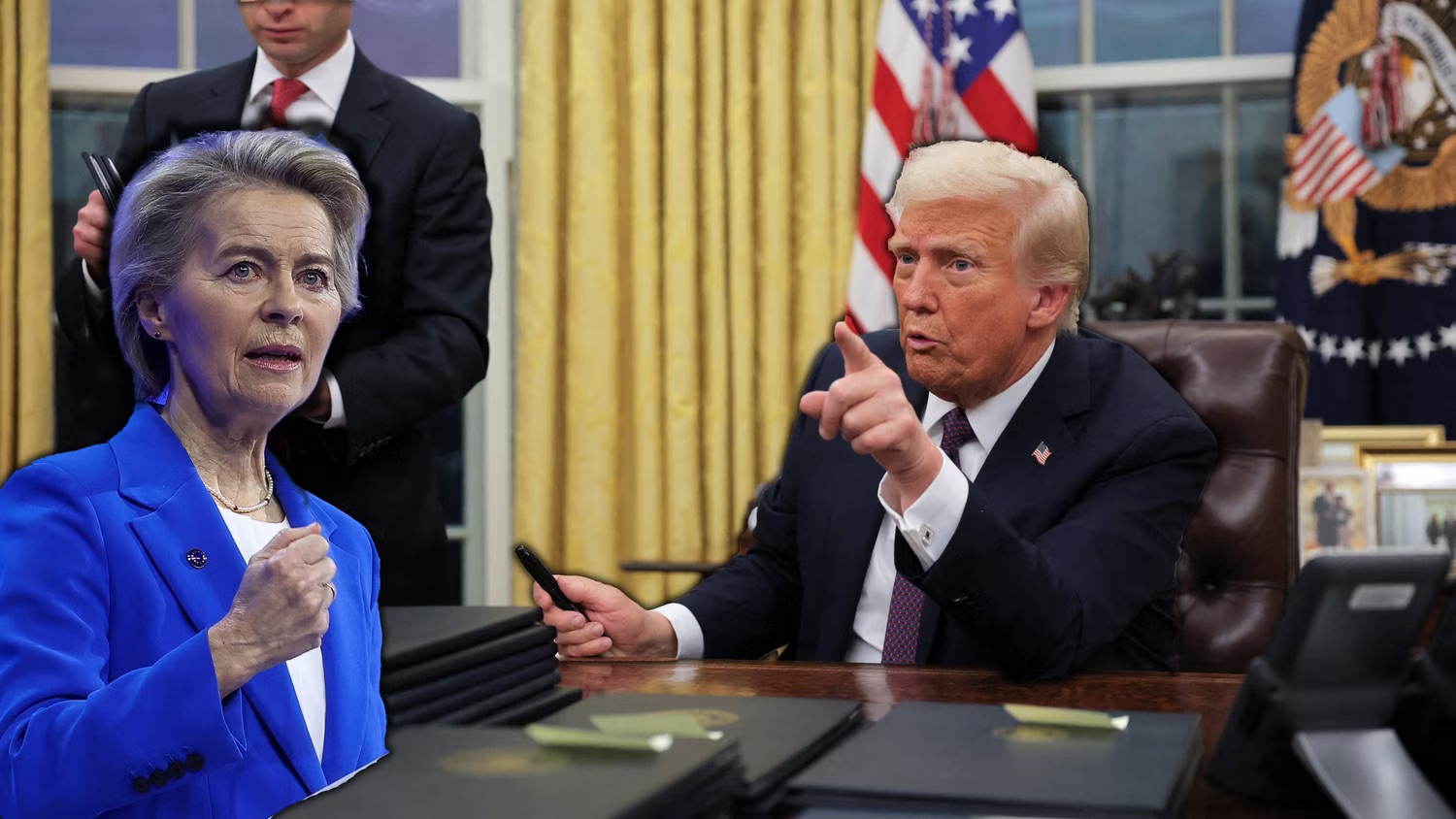The European Union has officially signed off on IRIS², a €10.6 billion ($11 billion) satellite network designed to rival SpaceX’s Starlink.
Comprising 290 satellites across low- and medium-earth orbits, IRIS² aims to provide secure and high-speed connectivity for EU governmental users, private businesses, and European citizens by the early 2030s. The network will also target remote areas with limited internet access, marking a step toward European strategic autonomy in space communications.
A consortium called SpaceRISE, led by major European satellite operators SES, Eutelsat, and Hispasat, has been awarded a 12-year contract to develop and operate the satellite constellation. Supported by subcontractors like Airbus and Deutsche Telekom, SpaceRISE will collaborate with the European Space Agency (ESA) and the EU to fund the project. The EU has committed €6 billion to the effort, with ESA contributing €550 million and private sector players adding over €4 billion.
Reducing Dependency on U.S. Satellite Networks
IRIS², short for Infrastructure for Resilience, Interconnectivity, and Security by Satellite, comes at a time when global reliance on satellite connectivity is under scrutiny. Starlink, developed by Elon Musk’s SpaceX, currently dominates the market with around 7,000 satellites in orbit and nearly 5 million global users. While Starlink’s rapid deployment has been pivotal for military operations—most notably aiding Ukraine in its defense against Russia—concerns have emerged over Europe’s dependency on the U.S.-based system. EU Commissioner Andrius Kubilius emphasized, “We cannot afford to be too dependent.”
The IRIS² project has faced delays since its inception due to budgetary challenges. Originally estimated at €7 billion, costs climbed to €10.6 billion, partly delaying progress. However, the EU views the project as critical to securing communications infrastructure and boosting innovation. “This cutting-edge constellation will protect our critical infrastructures, connect our most remote areas, and increase Europe’s strategic autonomy,” said Henna Virkkunen, Executive Vice-President for Tech Sovereignty, Security, and Democracy.
Smaller Scale, Strategic Purpose
The network, though significantly smaller than Starlink in scale, will span multiple orbits. Over 260 satellites will operate in low-earth orbit (LEO), while the remaining will occupy medium-earth orbit (MEO). By offering gigabit-speed connectivity, the EU hopes IRIS² will address the digital divide and reinforce its technological independence amid growing geopolitical volatility.
The project underscores broader calls for competition in satellite communications. FCC Chair Jessica Rosenworcel, speaking in September, said monopolies in the space market stifle innovation, adding that competition drives lower prices and better service. “Space should be no exception.”
Despite its ambitions, IRIS² faces a long timeline. The system isn’t expected to be operational until at least 2030, with future EU budgets beyond 2027 required to ensure its sustainability. For now, the agreement marks a key milestone as Europe takes steps to challenge Starlink’s dominance and bolster its digital sovereignty.










